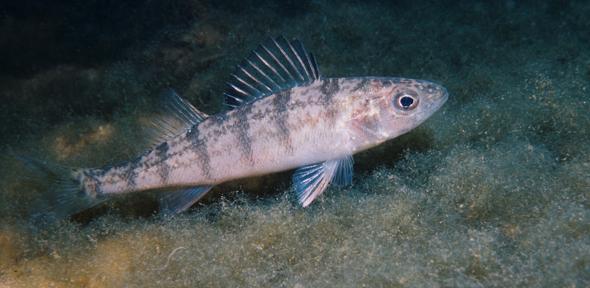Media release from the University of Cambridge
Research shows forest debris that drains into lakes is an important contributor to freshwater food chains – bolstering fish diets to the extent that increased forest cover causes fish to get ‘fat’ and sparse forest leaves smaller, underfed fish.
Debris from forests that washes into freshwater lakes supplements the diets of microscopic zooplankton and the fish that feed off them – creating larger and stronger fish, new research shows.
The researchers warn that, as forests are eroded through human activities such as logging, the impacts will be felt in aquatic as well as terrestrial food chains. Continue reading »








